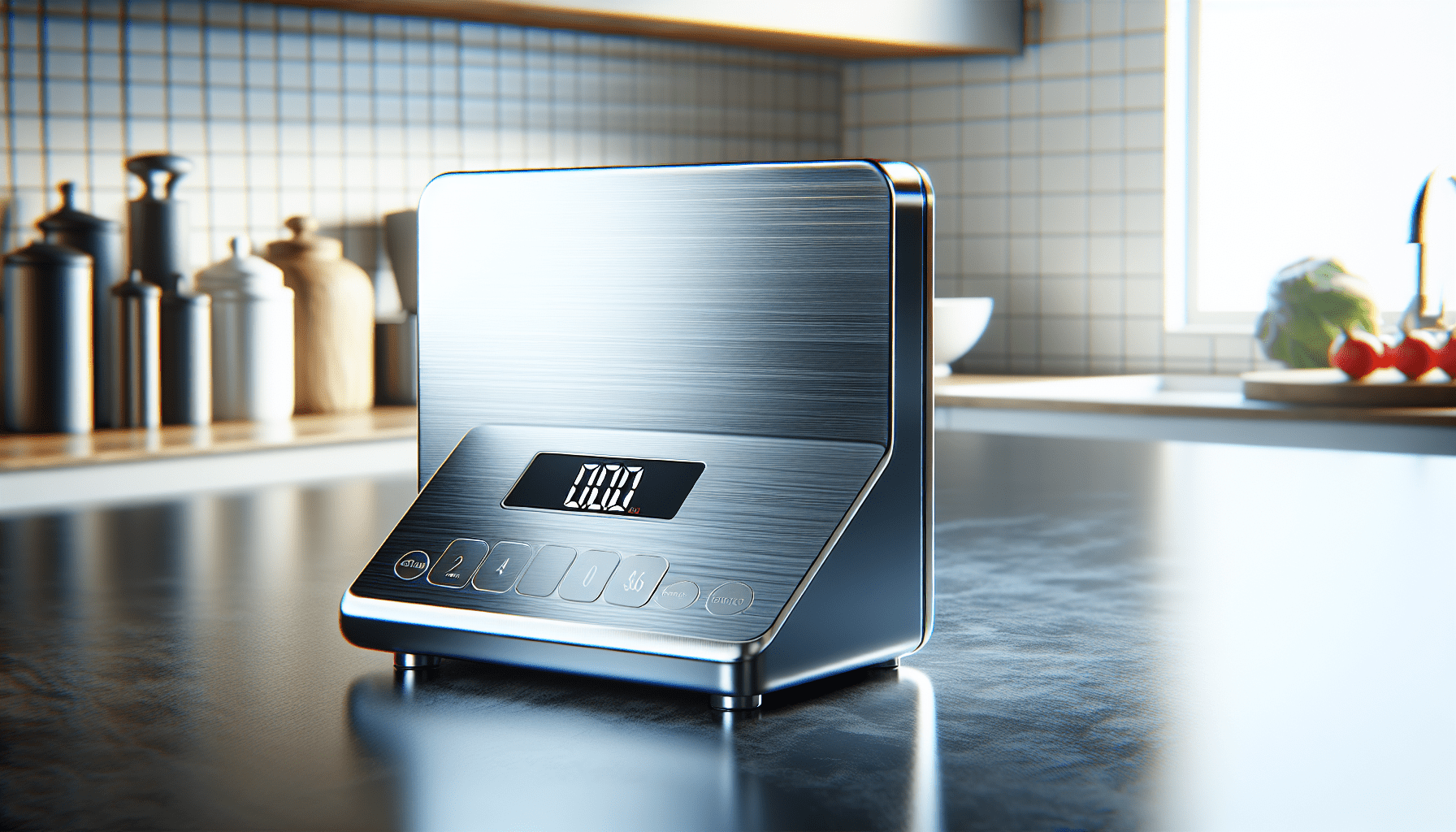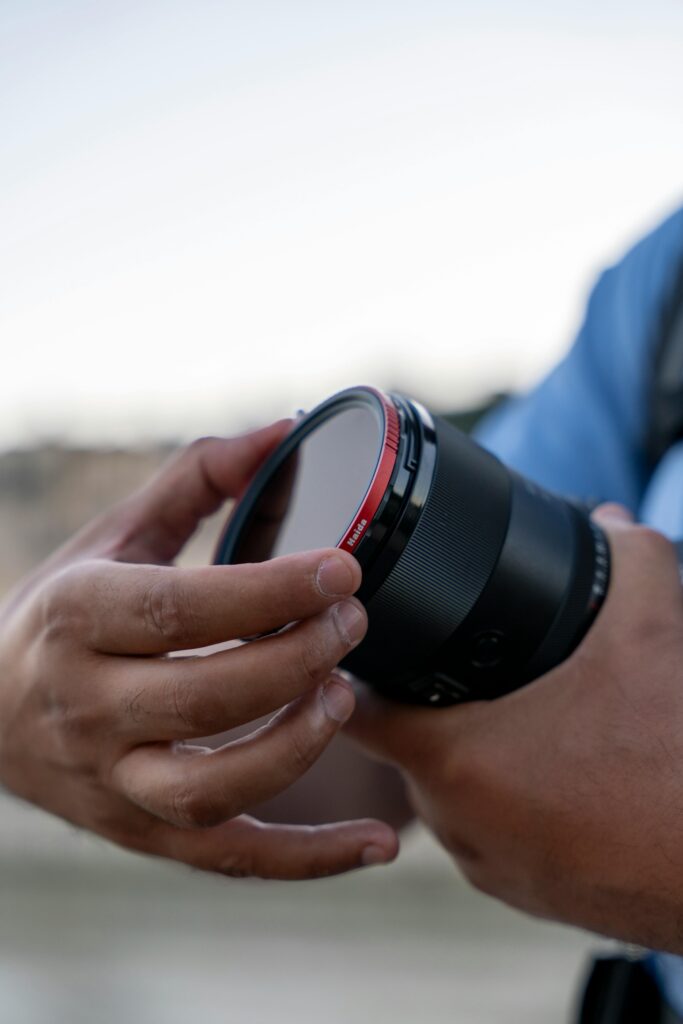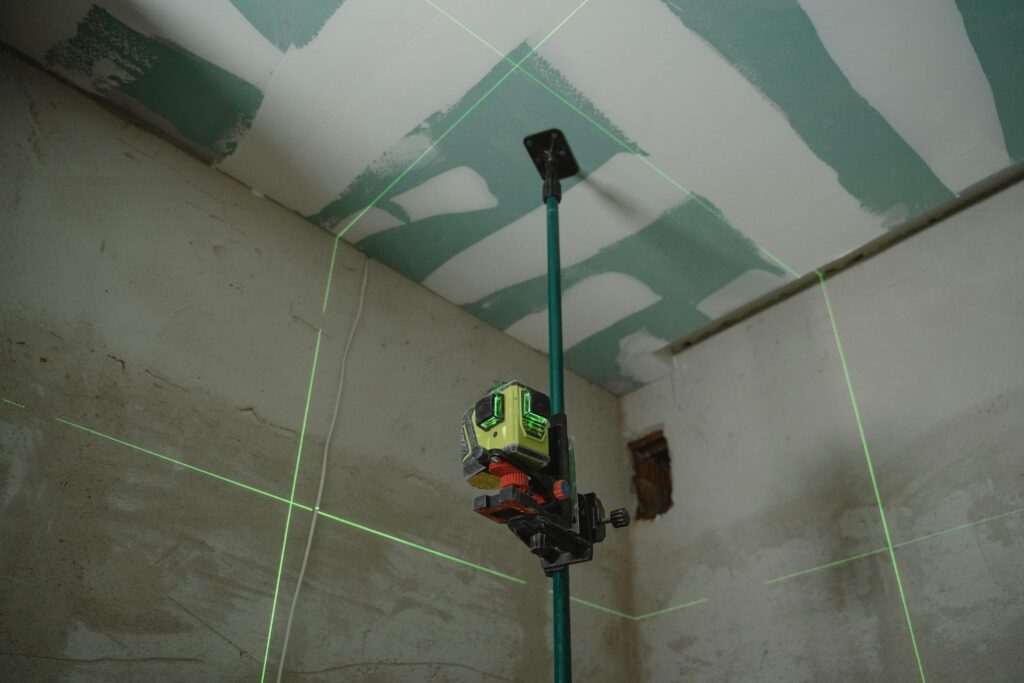How Do I Calibrate A Digital Kitchen Scale

Have you ever wondered how to ensure your digital kitchen scale is giving you accurate measurements? Whether you’re a seasoned chef or just starting your culinary journey, a reliable kitchen scale can make all the difference in your cooking and baking endeavors. Calibrating your digital kitchen scale might sound complicated, but don’t worry. We’ll guide you through the steps in a friendly and straightforward manner so you can achieve accuracy in your measurements.

Importance of Calibrating Your Digital Kitchen Scale
Calibrating your digital kitchen scale ensures that your measurements are accurate every time. This is especially critical in cooking and baking, where precision can make or break a recipe. Over time, scales can lose their accuracy due to regular usage, shifting, or even slight impacts.
Why Accuracy Matters
Accurate measurements lead to better and more consistent results. If your scale is off, even by a little, it can significantly affect the taste, texture, and appearance of your dishes. Imagine adding too much flour to a cake or not enough yeast to bread – the results could be disastrous!
When Should You Calibrate?
You should consider calibrating your kitchen scale periodically, particularly if:
- You’ve moved it to a new location
- It’s been knocked or dropped
- You’ve noticed inconsistent readings
- It hasn’t been calibrated in a while
Tools You’ll Need for Calibration
Before you start the calibration process, gather the necessary items. Most of these items are commonly found in kitchens or can be easily obtained.
Common Items Needed:
- A flat, level surface
- Calibration weights (or household items of known weight)
- A digital kitchen scale
- Tare function (Zero function on your scale)
Step-by-Step Guide to Calibrating Different Brands
There are several popular brands of digital kitchen scales available, and while the general calibration process is similar, there might be slight differences. Let’s look at some specific brands and their calibration steps.
OXO Digital Kitchen Scale
- Turn on the Scale: Ensure the scale is fully operational.
- Enter Calibration Mode: Press and hold the “Unit” button until the display reads “CAL”.
- Place Calibration Weight: Follow the display prompt to add a specified weight.
- Complete Calibration: Wait for the scale to confirm the calibration is complete and remove the weight.
Escali Digital Kitchen Scale
- Power On: Turn on the scale and wait for it to stabilize.
- Access Calibration: Hold down the “Tare” button until the display shows “CAL” or a similar prompt.
- Add Weight: Use the specified calibration weight, usually indicated in the user manual.
- Finalize Calibration: After the scale processes, it should display “PASS” or a similar indicator. Remove weight and turn the scale off.
Etekcity Digital Kitchen Scale
- Switch On: Power up your scale.
- Calibration Mode Activation: Press and hold the “Mode” button until the scale enters calibration mode.
- Place Required Weight: Follow the instructions for the precise weight needed.
- Calibration Confirmation: Once done, the scale should notify you with a specific message or sound. Remove the weight and restart the scale.
My Weigh Digital Kitchen Scale
- On and Ready: Turn on your scale and let it reset.
- Enter Mode: Hold the “Mode” button until it shows “CAL”.
- Apply Weight: Add the specified weight that the display prompts.
- Read Confirmation: The scale should show a confirmation message. Turn off the scale, remove the weight, and it’s ready to use.
Other brands, such as Greater Goods, Nicewell, and Kitchen Ready Units, follow similar procedures. Always check the manual that comes with your scale for specific instructions and required calibration weights.
Tips for Effective Calibration
Using Household Items as Calibration Weights
If you don’t have official calibration weights, you can use household items of known weights. Common items like coins or food items can work; however, ensure you know their exact weight. For example, a U.S. nickel weighs precisely 5 grams.
Stability and Environment
Make sure your calibration surface is flat and level. Avoid calibrating on soft or uneven surfaces, as it can affect the accuracy. Additionally, perform the calibration process in a stable environment, free from vibrations or air currents that could alter the reading.
Regular Checks
Make it a habit to check your scale’s accuracy periodically. A quick check can involve weighing a known item, like a 100g calibration weight, and ensuring your scale reads close to the expected weight.

Troubleshooting Common Issues
Scale Does Not Enter Calibration Mode
Ensure your scale is standard by checking the manual for specific button sequences. Sometimes a low battery can cause the scale to malfunction, so replace the batteries and try again.
Inconsistent Readings
Inconsistent readings can result from:
- A non-level surface
- Low battery power
- Temperature fluctuations
Ensure your scale is on a stable, flat surface, and in a temperature-controlled environment. Replace the batteries if needed.
Calibration Error Messages
If your scale shows an error during calibration, it could be due to an incorrect weight. Double-check the required calibration weight and the weight you’re using. Restart the process if necessary.
Display Issues
If the display appears faint or shows unreadable characters, it might be an indicator of low battery or a faulty screen. Replace the batteries first, and if the issue persists, consult the manufacturer for further assistance.
Brands Overview and Customer Preferences
OXO
OXO scales are known for their durability and user-friendly design. Many users appreciate the inclusion of pull-out displays which can be helpful when measuring large items that could obscure the display.
Escali
Escali scales are popular for their accuracy and sleek design. They often come highly rated for both home and professional use, offering good precision at a reasonable cost.
Etekcity
Etekcity offers a range of scales that cater to different budgets. Their scales are known for being versatile and accurate, making them a common choice for everyday kitchens.
My Weigh
My Weigh scales are praised for their high capacity and precision. They are favored by bakers and cooks who need to measure large quantities accurately.
Greater Goods, Nicewell, Kitchen Ready Units, and AmazonBasics
These brands provide reliable and affordable options. They are often favored for their simplicity and cost-effectiveness, ideal for those who need a good scale without breaking the bank.

Conclusion
Calibrating your digital kitchen scale is a fundamental task that ensures you get the most accurate measurements for your cooking and baking needs. Whether you use an OXO, Escali, Etekcity, or any other brand, the calibration process is straightforward and can be done with household items if necessary.
By following the steps outlined in this guide and performing regular checks, you’ll ensure that your scale remains accurate, helping you achieve culinary excellence in every dish. With a properly calibrated scale, you can confidently measure ingredients, ensuring your recipes turn out perfect every time.
So next time you see discrepancies in your measurements or if you’ve moved your scale to a new spot, remember to take a few moments to calibrate it. Your future self, and your cooking results, will thank you.
If you encounter any issues during the calibration process, refer to the troubleshooting tips provided. And always consult your specific scale’s manual for the most accurate instructions tailored to your model.
